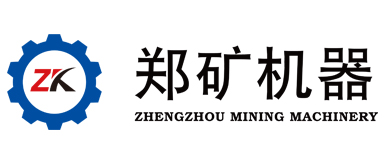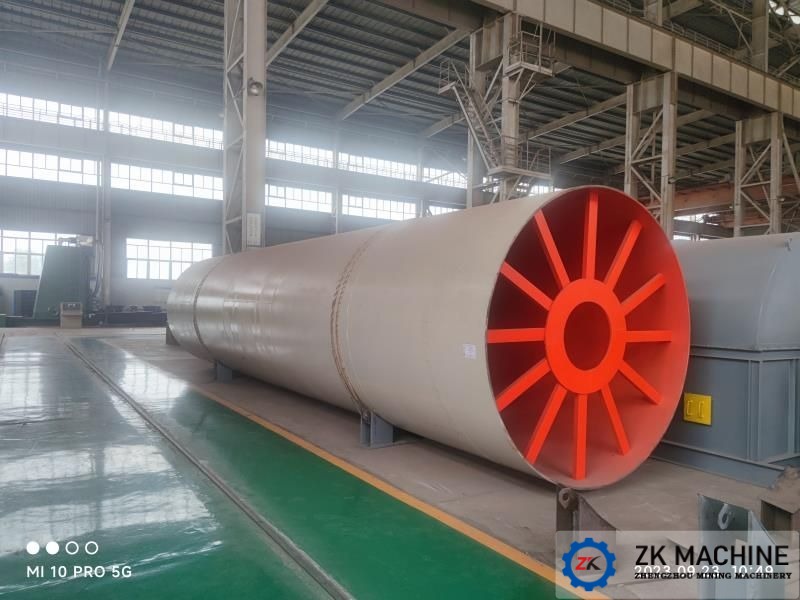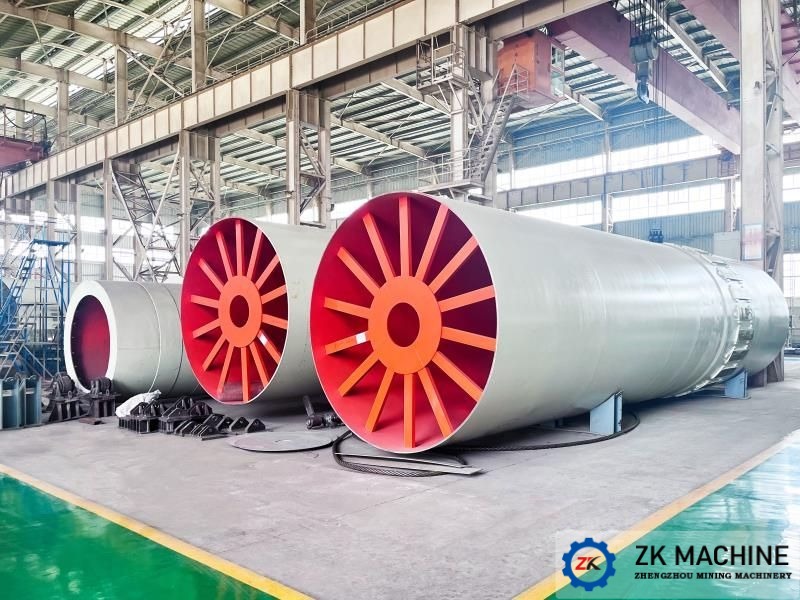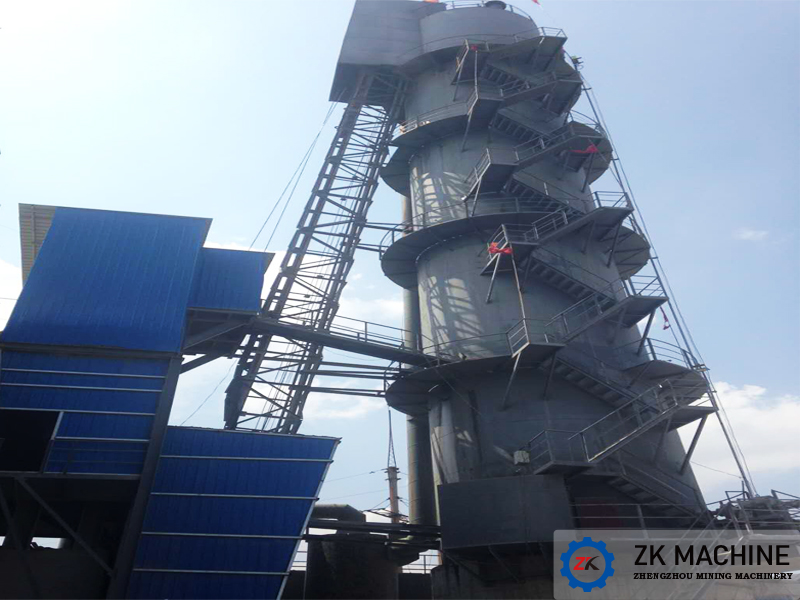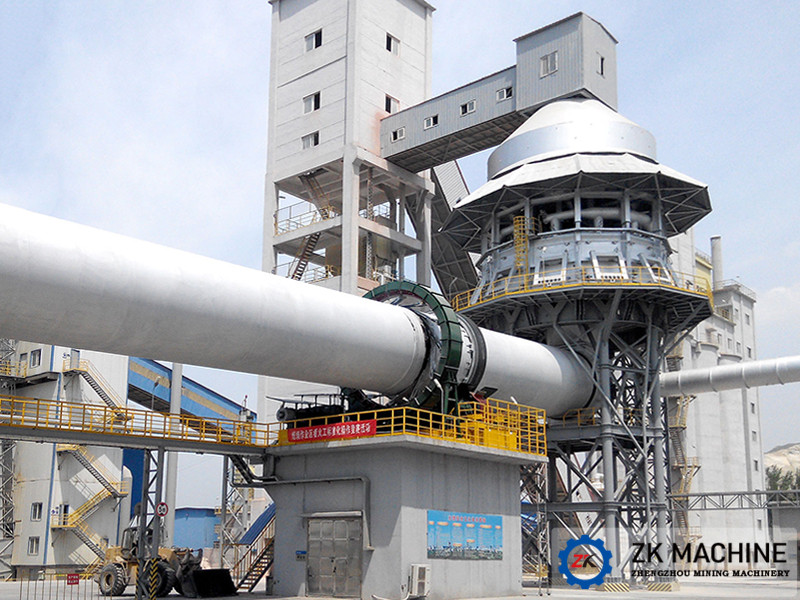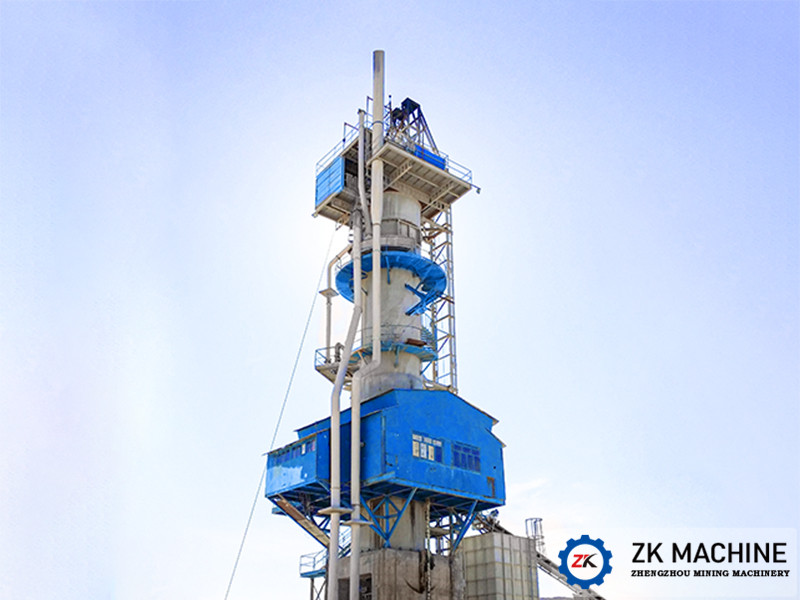Introduction
The double-chamber heat storage shaft kiln is commonly called Maerz kiln. Compared with other lime kilns, it has the lowest heat consumption, high activity of calcined lime and low residual carbon dioxide.
Process characteristics of double chamber shaft kiln:
The stone is loaded from the top of the kiln, and the fuel is fed into the upper part of the kiln. The spray guns located at the bottom of the pre-tropical zone are evenly distributed across the section of the kiln. The combustion-supporting air is fed from the upper part of the shaft kiln. The combustion-supporting air is preheated in the preheating zone before mixing with the fuel, and then the calcining flame gas flows through the calcining zone and flows co-currently with the ore to obtain the ore. The calcined waste gas is discharged to the top of the kiln along the preheating belt of the other kiln through the passage connecting the two kilns. Due to the long process of parallel calcination, the lime quality is excellent, and due to the alternate operation of the two kilns, the waste gas directly preheats the ore, and the heat is fully utilized, so the unit heat consumption is lower in various kilns.
Features
1. Parallel calcination: This is the technical feature of the double-chamber shaft kiln. Because the high temperature flame contacts the lower temperature material, the heat exchange rate is very high, and the relatively low temperature hot gas contacts the material to be burned. Avoiding over-firing and under-firing, the roasted product has better quality, higher activity, up to 360ml or more, and less residual CO2, generally not higher than 2.5%;
2. High heat utilization rate: Due to the heat storage heat exchange system, high-temperature exhaust gas is discharged through the preheated kiln, and after a long time of heat exchange, the heat is transferred to the material, and the waste heat is fully utilized, thus achieving the purpose of energy saving . The heat consumption per unit product can reach 850kcal/kg, which is relatively low among all existing kiln types;
3. The exhaust gas temperature and dust content are low: the exhaust gas temperature is very low due to the sufficient heat exchange between the exhaust gas and the material, the exhaust gas temperature is 90-130°C under normal conditions, and the dust concentration in the exhaust gas is generally 5-8g/m³ , It is easy to take waste gas purification treatment measures, which is beneficial to reduce environmental pollution;
4. Uniform heat supply: 2×33 burners are evenly distributed inside the kiln, each burner provides heat to the same range of the kiln space, so that the heat supply on the kiln section is even, which is conducive to the uniform and stable roasting of the product;
5. Convenient quality inspection: There are 2×8 quality inspection doors under the kiln, and the fuel supply of the corresponding burner can be adjusted to ensure the quality by checking the product quality of each part;
6. Reliable equipment: Most of the equipment on the shaft kiln adopts hydraulic operation, and the operation is stable and reliable. These equipments include: air and exhaust gas reversing gate, chimney exhaust gas reversing gate, kiln closing gate, feeding hopper gate, discharge device, discharge hopper sealing gate and material level indicator, etc.;
Technical Parameter
| Compare items | Sleeve kiln | Double chamber kiln | Double beam kiln |
|---|
| VSK type | BASK | MAERZ | FERCALX |
| Daily production capacity of single kiln | 150—600T/D | 300—600T/D | 150—500T/D |
| Fuel calorific value | ≥1500Kcal/Nm3 | ≥800Kcal/Nm3 | ≥1500Kcal/Nm3 |
| Fuel calorific value | ≥2400Kcal/Nm3 | ≥2400Kcal/Nm3 | ≥2400Kcal/Nm3 |
| Fuel type | Solid, liquid, gas | Solid, liquid, gas | Solid, liquid, gas |
| Gas pressure requirements | ~17 KPa | ~50KPa | ~17 KPa |
| Minimum particle size of raw material | 30mm | 15mm | 15mm |
| Particle size ratio | 1:2 | 1:2 | 1:2 |
| Principle of calcination | Partly cocurrent, partly countercurrent | Full-process parallel calcination | Full countercurrent calcination |
| Lime activity | ≥350mL | ≥350mL | ≥300mL |
| Light and over burnt rate | ≤5% | ≤4% | 6~8% |
| Residual CO2 content in lime | ≤1.5 % | ≤1.5 % | ~2% |
| Enery consumption index(Kcal/kg lime) | 900~950×4.18 |
850~900×4.18 | 1050~1250×4.18 |
| Power consumption index(Kcal/kg lime) | 30~35 | 22~28 | 34~40 |
| Annual operating rate | ~96% | 92~96% | ~96% |
| Total weight | ~2800 ton/set | ~3200 ton/set | ~2600 ton/set |
| Single kiln investment | ~55,000,000 RMB | ~50,000,000 RMB | ~30,000,000 RMB |
| Exhaust CO2 concentration | ≥32% | ≥28% | ≥32% |
Project Cases
 LECA PRODUCTION LINE
LECA PRODUCTION LINE
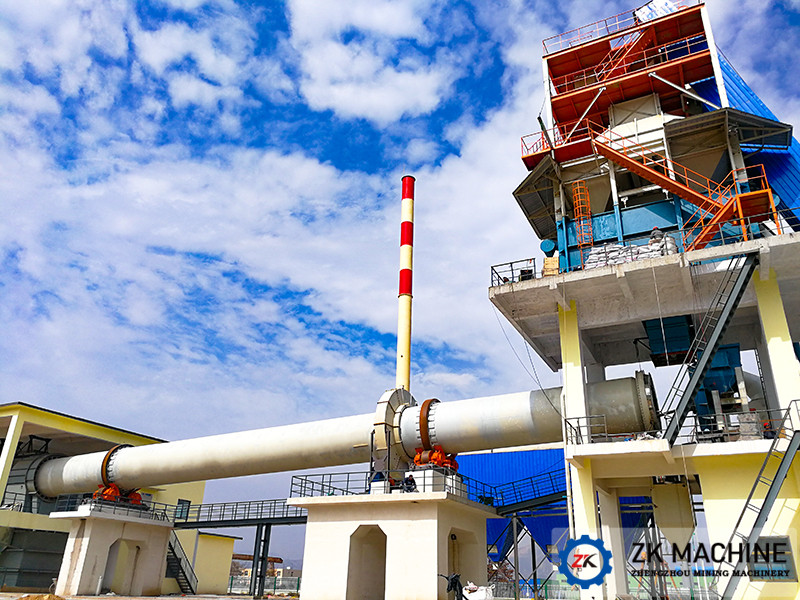 MAGNESIUM PRODUCTION LINE
MAGNESIUM PRODUCTION LINE
 ACTIVE LIME PRODUCTION LINE
ACTIVE LIME PRODUCTION LINE
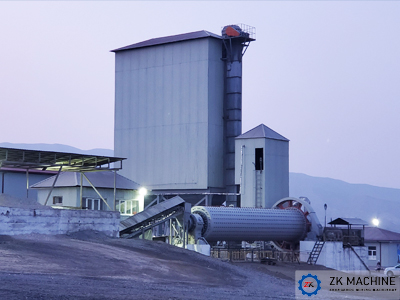 CEMENT GRINDING STATION
CEMENT GRINDING STATION
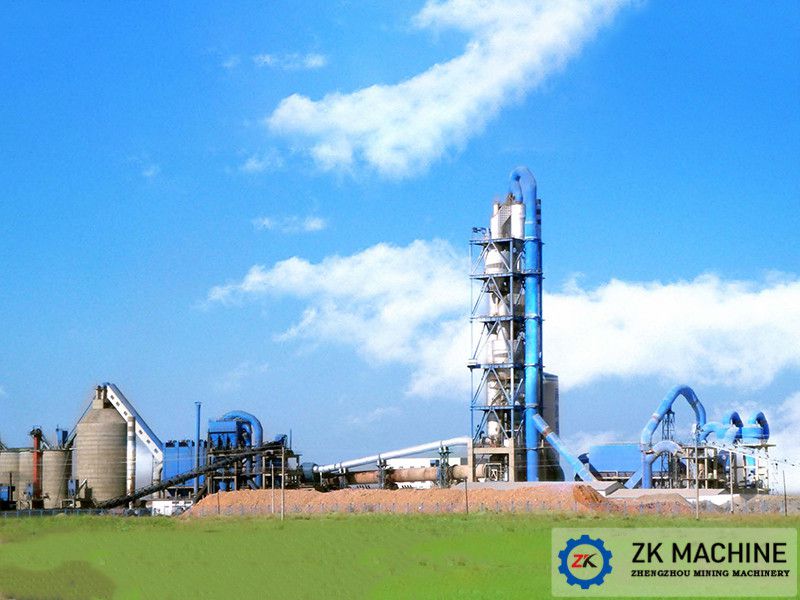 CEMENT PRODUCTION LINE
CEMENT PRODUCTION LINE
 LIME SLAKING PLANT
LIME SLAKING PLANT
 MAGNESIUM OXIDE (MgO) PLANT
MAGNESIUM OXIDE (MgO) PLANT
 LITHIUM PRODUCTION LINE
LITHIUM PRODUCTION LINE
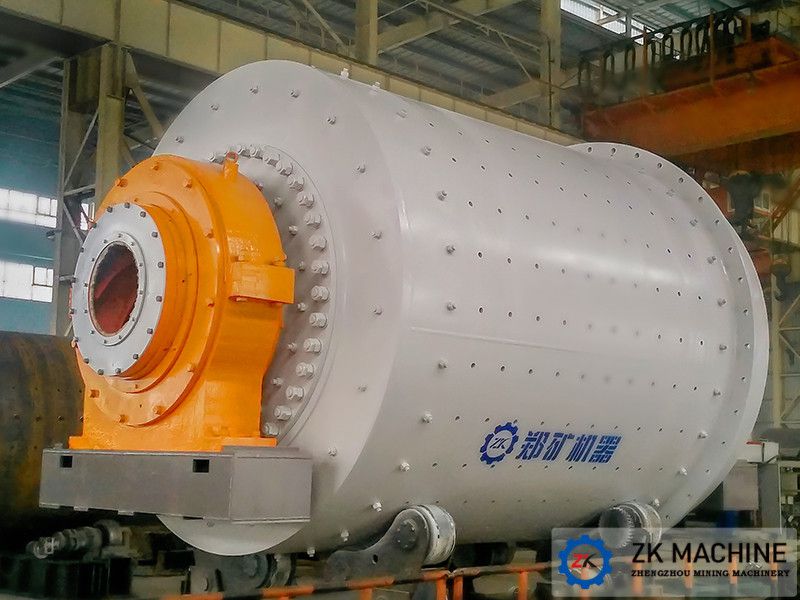 ORE DRESSING LINE
ORE DRESSING LINE
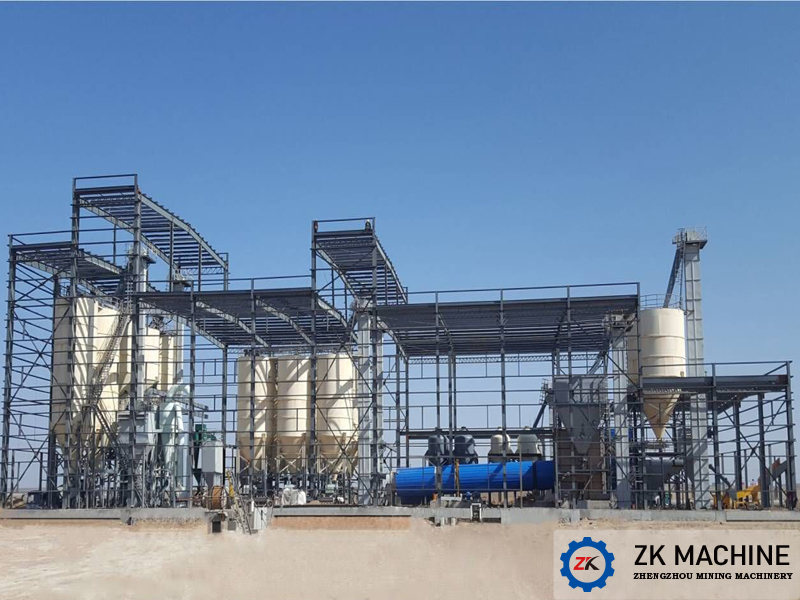 GYPSUM POWDER PRODUCTION LINE
GYPSUM POWDER PRODUCTION LINE
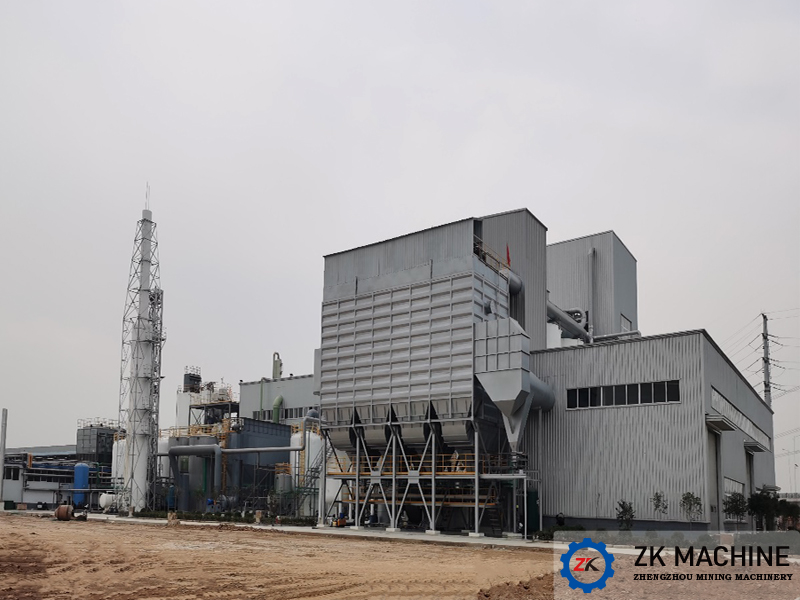 ALUMINUM ASH PROCESSING SYSTEM
ALUMINUM ASH PROCESSING SYSTEM
 FRACTURING PROPPANT PRODUCTION LINE
FRACTURING PROPPANT PRODUCTION LINE
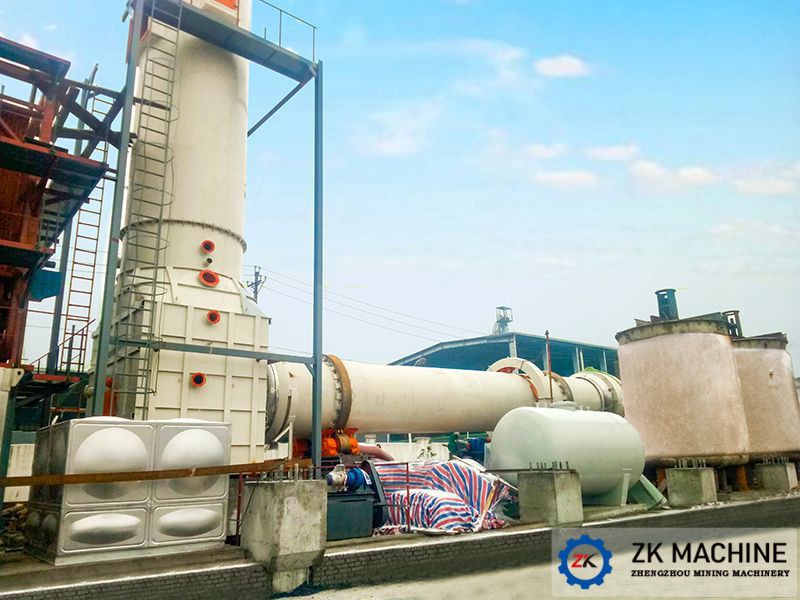 SOLID (HAZARDOUS) WASTE INCINERATION SYSTEM
SOLID (HAZARDOUS) WASTE INCINERATION SYSTEM
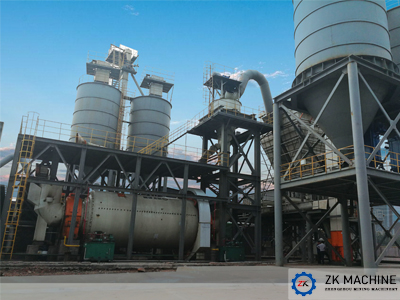 PULVERIZED COAL PREPARATION PRODUCTION LINE
PULVERIZED COAL PREPARATION PRODUCTION LINE
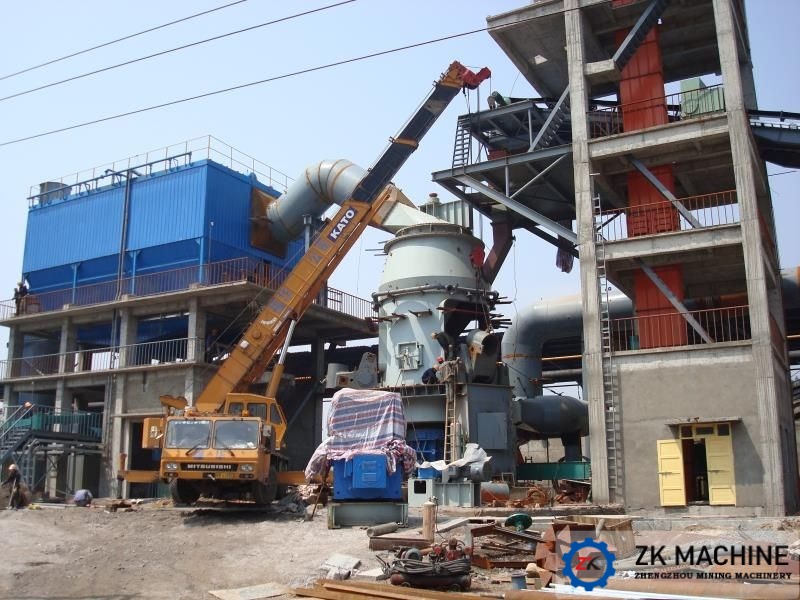 GGBS PRODUCTION LINE
GGBS PRODUCTION LINE
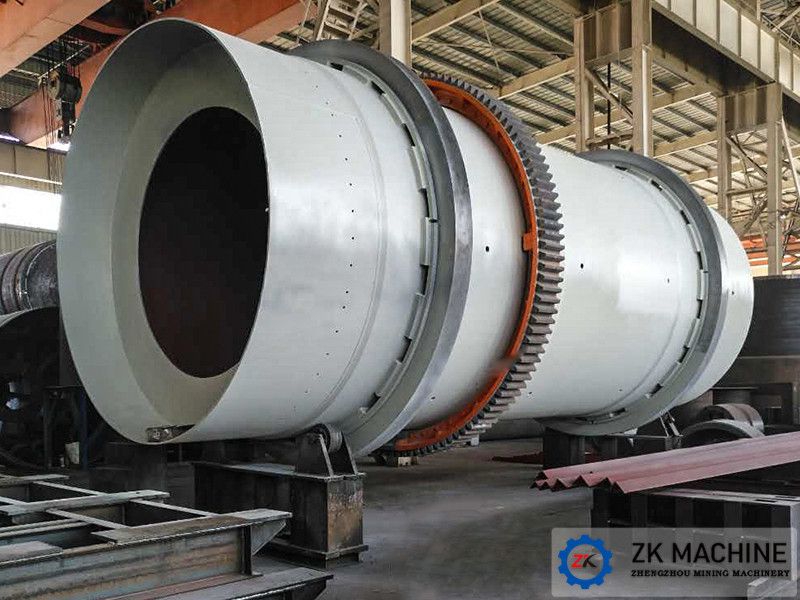 SUPERPHOSPHATE PRODUCTION LINE
SUPERPHOSPHATE PRODUCTION LINE
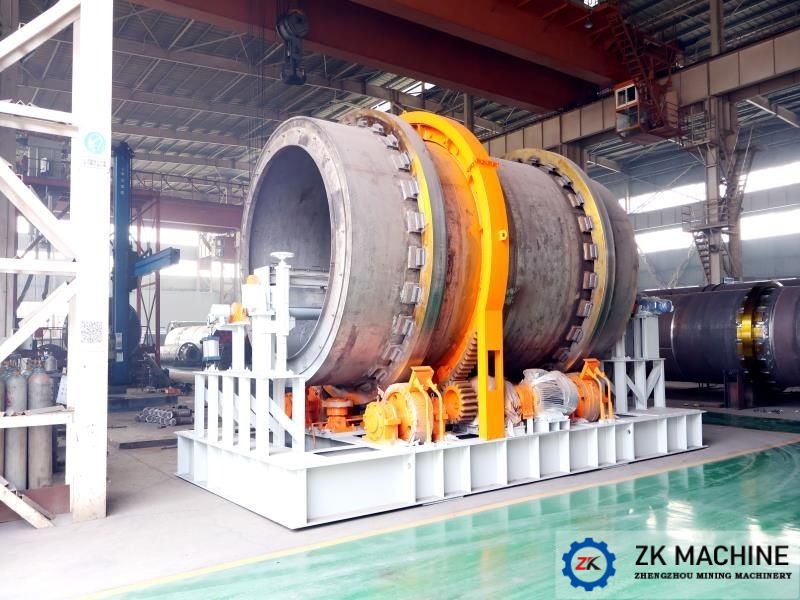 MOLECULAR SIEVE PRODUCTION LINE
MOLECULAR SIEVE PRODUCTION LINE
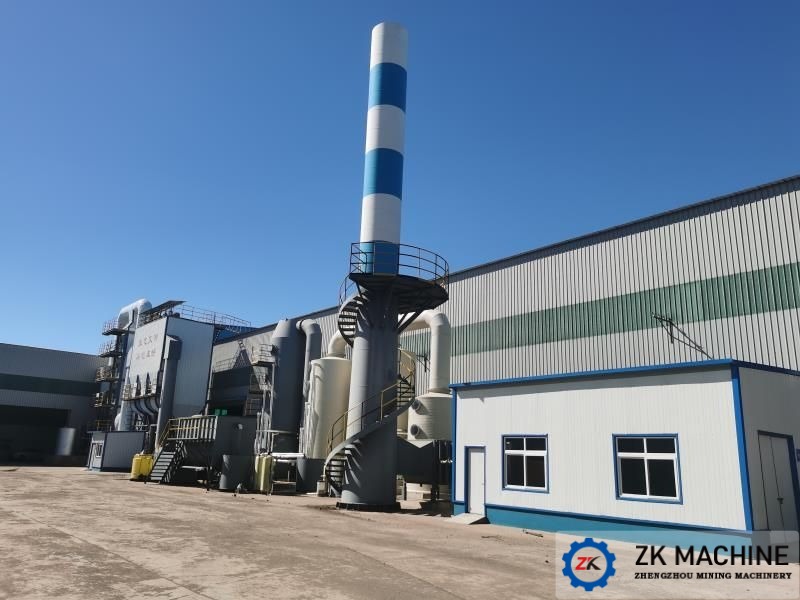 FLUE GAS PURIFICATION SYSTEM
FLUE GAS PURIFICATION SYSTEM
 FGD SYSTEM
FGD SYSTEM
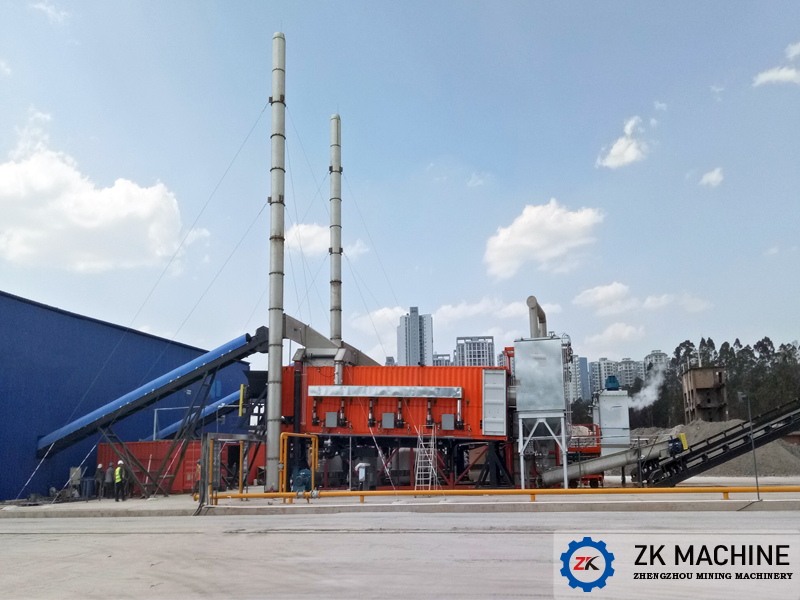 SOIL REMEDIATION SYSTEM
SOIL REMEDIATION SYSTEM
 PHOSPHOGYPSUM DISPOSAL PRODUCTION LINE
PHOSPHOGYPSUM DISPOSAL PRODUCTION LINE
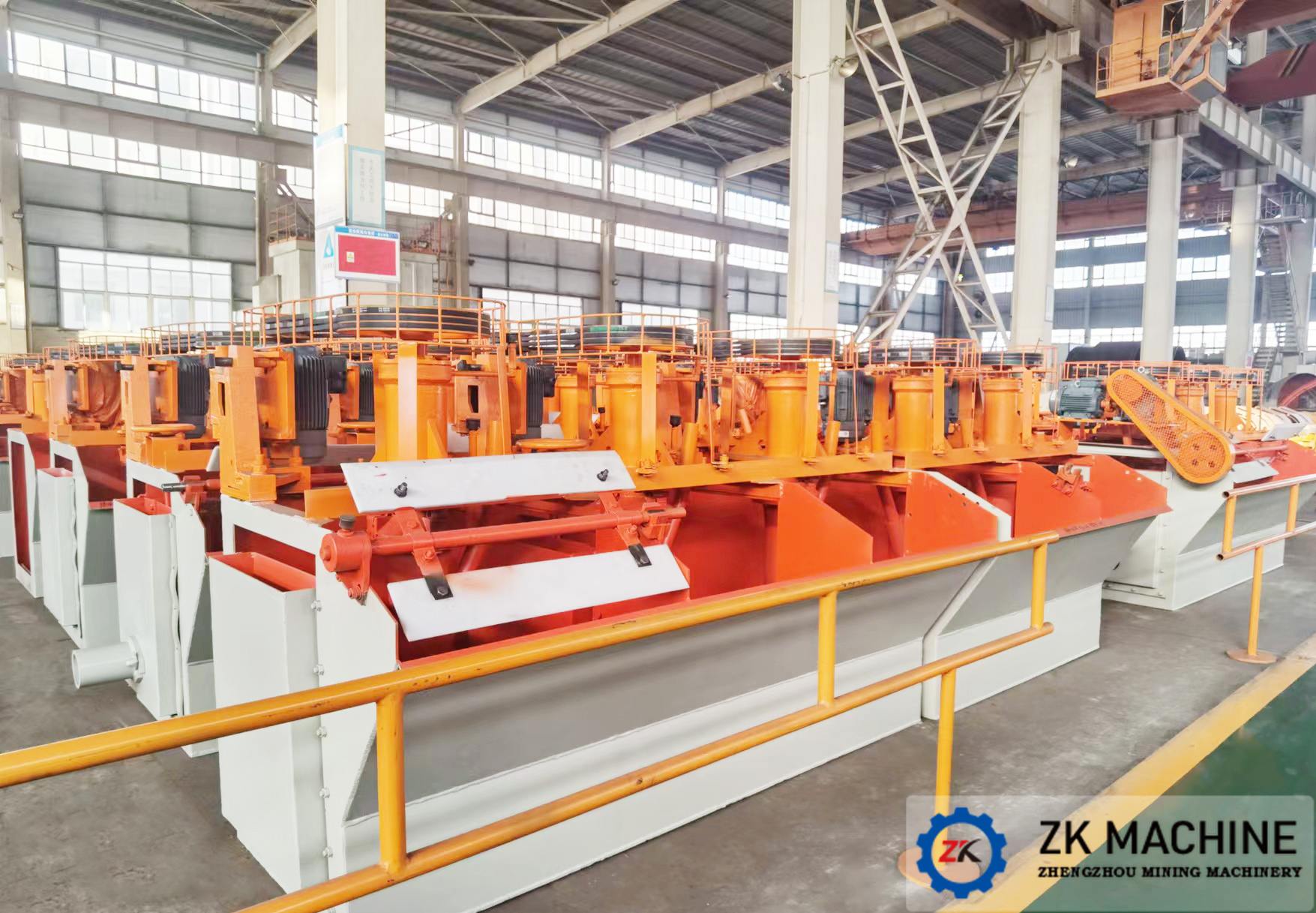 PHOSPHATE ORE DRESSING LINE
PHOSPHATE ORE DRESSING LINE
 PHOSPHATE ORE PELLETIZATION PRODUCTION PROCESS
PHOSPHATE ORE PELLETIZATION PRODUCTION PROCESS
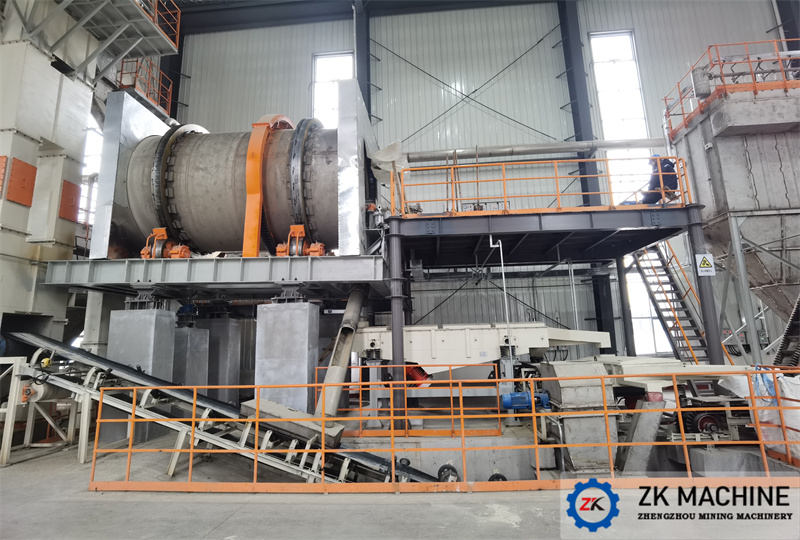 LITHIUM BATTERY RECYCLING LINE
LITHIUM BATTERY RECYCLING LINE
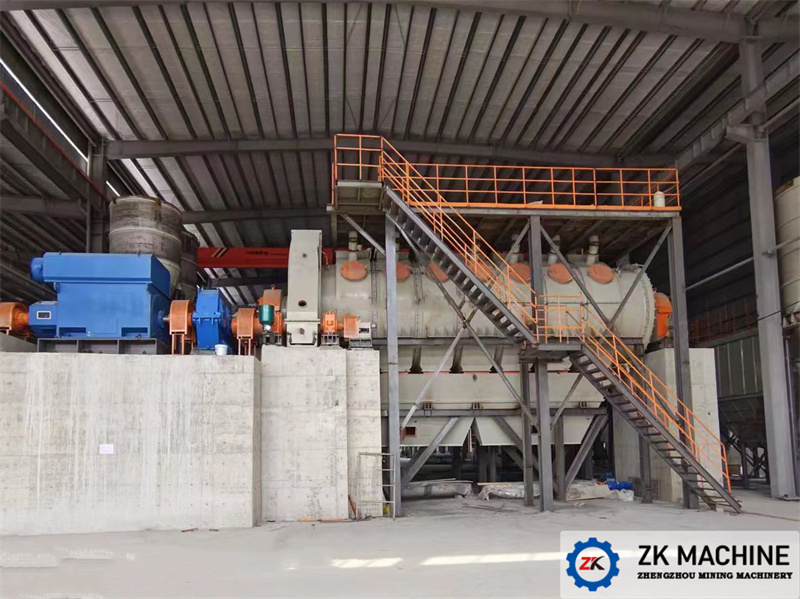 ALUMINA CALCINING LINE
ALUMINA CALCINING LINE
